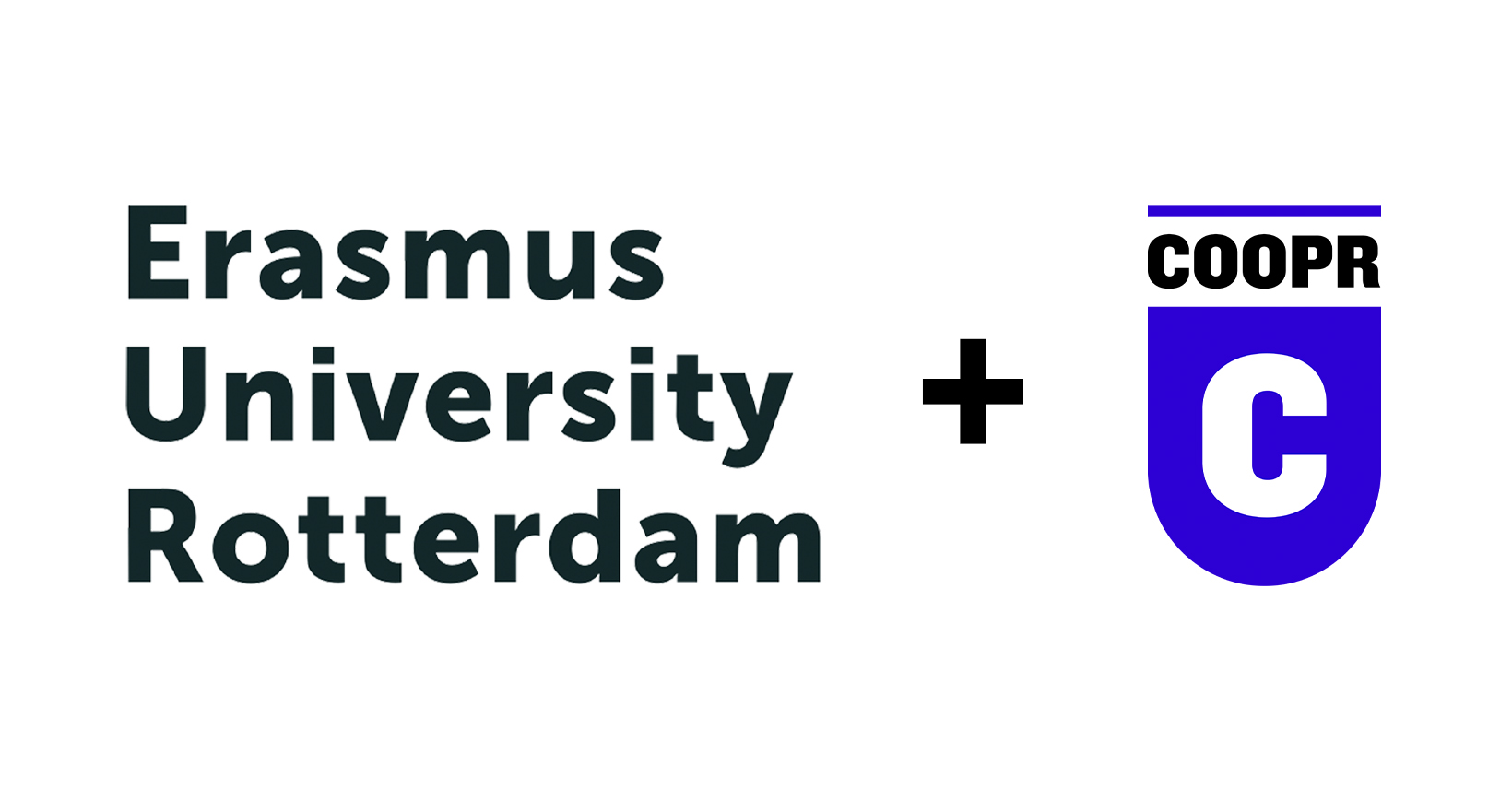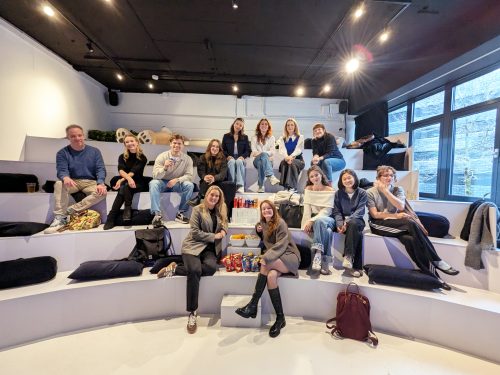Insights & Strategy

Off goes the second session! First point of discussion was the feedback for our first assignment, which was about gathering first insights on our client. What became most apparent was that when gathering insights, it should be avoided at all times to jump to conclusions. Why? Because it is “the mother of all f*ck-ups”, as we would also learn later from Tamara Vlootman. Tamara works as a branding specialist for Coopr and is the agency’s “insights monster”.
Insights are not as easy to define as you would think they are. A short brainstorm gave us the insight (pun intended) that every individual has a different perception of what an insight eventually is. It can be an idea you have, an overview of a certain subject, campaign-related research, specific information (e.g. of your target group). Insights can also help to explain certain phenomena in depth as “chunks of evidence”.
Tamara revealed that insights are equally ambiguous in the working environment of agencies, as they are in personal experiences. Insights can be facts that create understanding of the product or service, its audiences and how they perceive the brand. However, it can also be the knowledge in the form of perspective, understanding or deduction. Most importantly though, insights help to set the direction for strategy. So, where should we start looking? Firstly, details and big stories both help us to gain insights. Secondly, insights can come from past knowledge but also from unknown things that have yet to be discovered. Thirdly, it is important to gain an abstract feeling of everything that is going so you can bundle this in a specific insight. An essential question in today’s digitized world is, whether we should pay more attention to hard data, meaning all the insights made possible by Big Data, or more attention to what triggers emotions. A combination of both seems appropriate most of the time: You have to have hard data about your targets to find out what reaches people and what provokes emotions in people. If you focus too much on big data, you might see correlations between phenomena, but eventually human insights and emotions are missing. Big data alone does not offer solutions. From that point onwards, the how becomes relevant: what kind of questions and what information helps us develop our strategies?
It is again a mix between internal and external factors. We have to listen to the client and what his objectives are first and foremost, followed by the insights on the brand and product itself and its public discussion. At the core of every brand is the USP (Unique Selling Point), which is the most important component but also one of the most difficult components to find out. Sometimes brands already know their USP, sometimes PR agencies like Coopr have to help brands find their yet untapped USP, which could be anything from a low price to a new opportunity or a new target group. At the same time, external factors like what is going on in the society or the emotional value the product has for the customers, cannot be disregarded. This is why you have to have data about everything before you develop a strategy. How do we get these insights? Look for small data to put it into context, use your senses, and find out what is the discussion on social media. Get human insights. Be the creep that goes to page 15 on the Google search. Be annoying and ask why, why, why, WHY, and W-H-Y! To make these theoretical aspects stick in our heads, Tamara gave us two case studies to analyze to put our new learned knowledge into action.
After we learned all about the where, what and how of gathering insights, it was Jody’s part to introduce us into the realm of strategies. Jody is the CEO and one of the founders of Coopr. To help us understand how a strategy can look like he started of with the Soup Nazi Strategy of the Norwegian soup brand Kokkeklar. With the objective of increasing the brand awareness, highlight the product’s quality and of course increase sales of the product, Kokkeklar did some research that led them to the insight that soup and humour seem to be connected. The strategy that derived from this was to use humour to get people to taste the soup. Obviously, the combination of humour and soup left Kokkeklar no other choice to invite Larry Thomas, the legendary “Soup Nazi” from Seinfeld, to serve soup in a customized replica of the kitchen in the series. This was the tactic. However, strategy and tactic are often confused.
While strategy translates into the “art of the general”, tactics translates into “organizing the army”. To make it easier, the strategy is the how, whereas the tactic is the what. With multiple famous historic examples from the Trojan Horse to Genghis Khan, Jody demonstrated us that strategy is always how we are going to have an advantage. Strategy is a high level plan with which leaders aim to achieve a unique position. Goals have to be set, the actions that help achieve these goals have to be determined, and resources have to be mobilized to execute the actions. Author Simon Sinek describes that perfectly well in his “Golden Circle”. At the core of Sinek’s Golden Circle is the WHY (Goal), which describes the purpose of the brand. The next step is the HOW (Strategy), that helps determine the how of the campaign’s goal should be achieved. The outer circle is formed by the WHAT (Tactics) which describes what the tactic will be to successfully execute the strategy.
That obviously distinguishes strategy and tactics from one another, but what are the main differences? A strategy is not only about the how, it is also about thinking. It is difficult to copy, changes infrequently and aims to be profitable and usable for the long time. On the contrary, tactics are about doing. Tactics are easy to copy, flexible to conditions and aim for more profit in the short run. Again, the session got more interactive and we could put our new knowledge into action by analyzing one of our favorite restaurants or bars and come up with their WHY-HOW-WHAT.
After the interactive session, we learned how our new knowledge about strategies can be of use on the field of public relations. In PR, a strategy revolves around the question, “How will we achieve our objectives, goals or aims?” Furthermore, a PR strategy is the coordinating theme or factor that stands behind the tactical programme, which Jody also calls “the key”. When it comes to writing PR strategies, Jody fortunately had some tips for the aspiring PR strategists under us: Using the word “by” and action verbs like Develop, Create, Promote and Target facilitate the understanding of the strategy. The session concluded with multiple examples for well-thought through strategies, from the ingenious promotion of Netflix’ Narcos as free Spanish lessons to ANZ Australia’s touching promotion for equal pay. At the end, we could not miss the chance to mingle again like after the first session with some drinks, which gave us the opportunity to get to know Tamara and Jody, but of course also our team partners.
Looking forward to the next time!
Laurin

